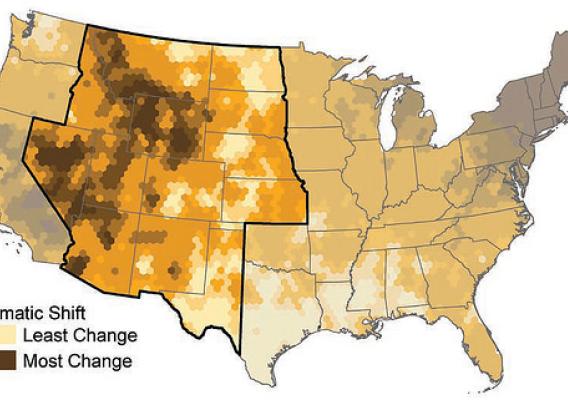After two decades in the making, 71 households in rural Jefferson County, Illinois have begun to see the benefit of hard work and perseverance. And the end result is as simple as turning on the faucet! Moores Prairie Township Water Company celebrated last month as a project they’ve dreamed of for 23 years finally comes to fruition. Prior to the completion of this initiative, Moores Prairie Township residents and farms utilized a combination of shallow wells, deep wells, cisterns and purchased water to provide their water supply.
Residents realized that their dependency upon private water cisterns represented a serious threat to their health and safety, and began looking at options at the same time of the advent of the internet…1990! Although they continued to face struggles in obtaining a water connection and funding source, they never gave up. In June 2010, the Moores Prairie Township Water Company was formed and discussions with USDA Rural Development ensued, resulting in a $318,000 low interest loan for 40 years and additional grant funds to help fund the project. Construction began last year, and the system was placed into operation in April.






